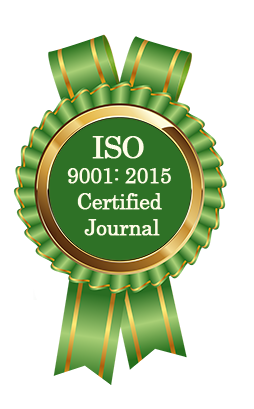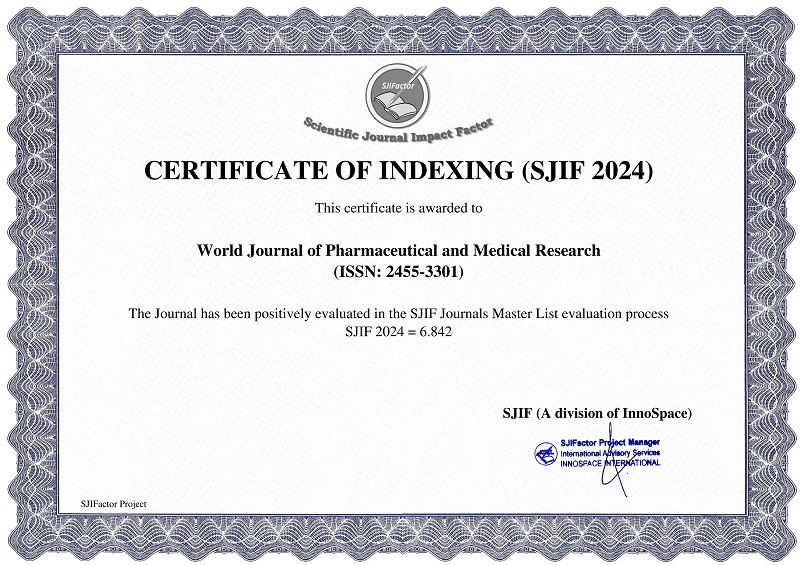ETIOPATHOGENESIS AND PRINCIPLE OF MANAGEMENT OF GRIDHRASI VIS- A -VIS SCIATICA: A REVIEW
Dr. Rajesh Kumar Sao*, Dr. Aradhana Kande and Dr. Aruna Ojha
ABSTRACT
Gridhrasi, known in modern terms as Sciatica, is a condition described in Ayurveda as one of the 80 Vata Nanatmaj disorders. The term "Gridhrasi" is derived from the Sanskrit root "Gridhu" indicating the relentless nature of the pain, which Ayurvedic texts describe as severe pain, stiffness, and abnormal leg movements, likened to a vulture?s walk. Sciatica, in modern medicine, refers to sharp pain radiating along the sciatic nerve pathway from lower back to leg typically caused by nerve compression. Ayurveda attributes Gridhrasi to Vata aggravation from dietary and lifestyle factors, while modern medicine links Sciatica to structural issues like herniated discs and spinal stenosis. Epidemiologically, Sciatica affects 10-40% of people during their lives, with peak incidence between ages 40-60, influenced by factors such as age, obesity, and sedentary lifestyle. Ayurvedic pathogenesis involves Dhatkshaya janya, Margavarodha janya and Abhighataj Gridhrasi the main factor being the Vata vitiation along with Kapha paralleling modern views of lumbar or sacral nerve compression due to disc issues. Ayurvedic treatments focus on avoiding Vata-aggravating factors employing therapies like Shamana Chikitsa and Shodhan Chikitsa, including Snehan (oleation), Swedan (fomentation), Virechan (purgation), Basti (medicated enema), Siravedhan etc. Modern treatments start with non-surgical methods such as physical therapy and medications, reserving surgery for severe cases. The prognosis varies, with recent, uncomplicated cases being more treatable in both systems. This review highlights the similarities and differences in the understanding and management of Gridhrasi and Sciatica, offering a comprehensive view from both Ayurvedic and modern medical perspectives.
[Full Text Article] [Download Certificate]



